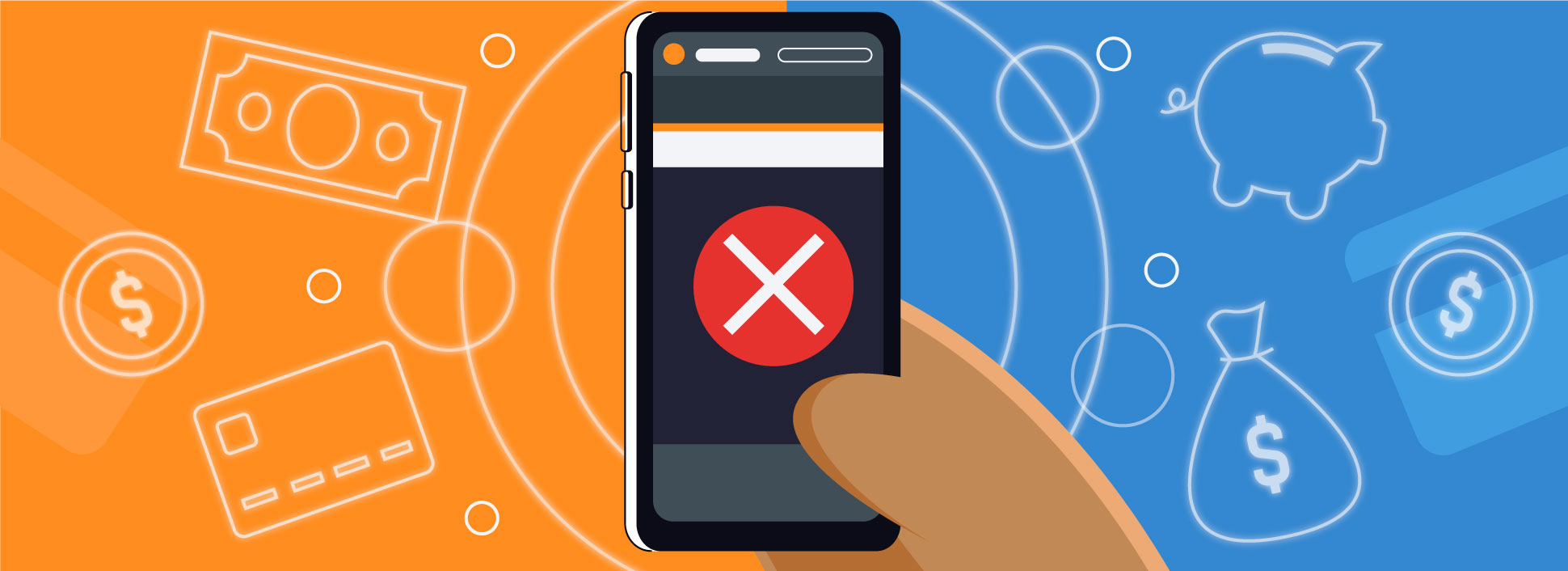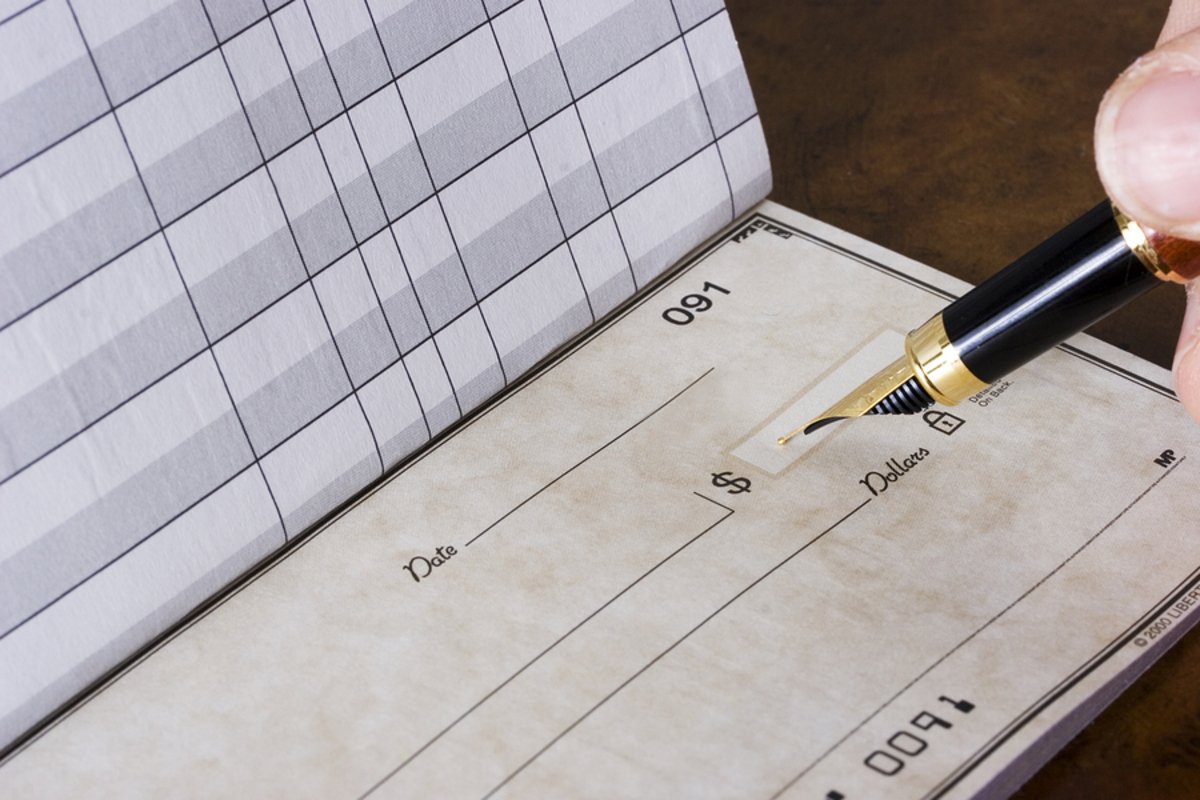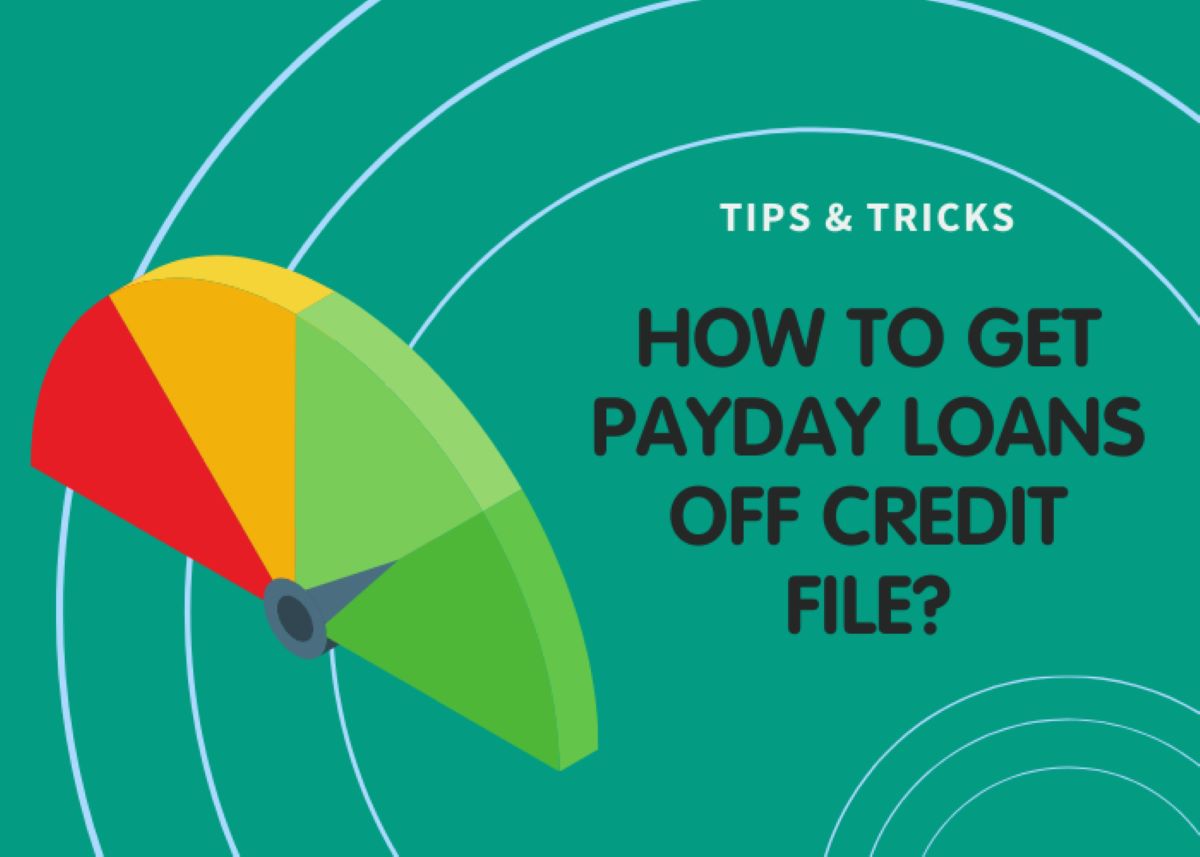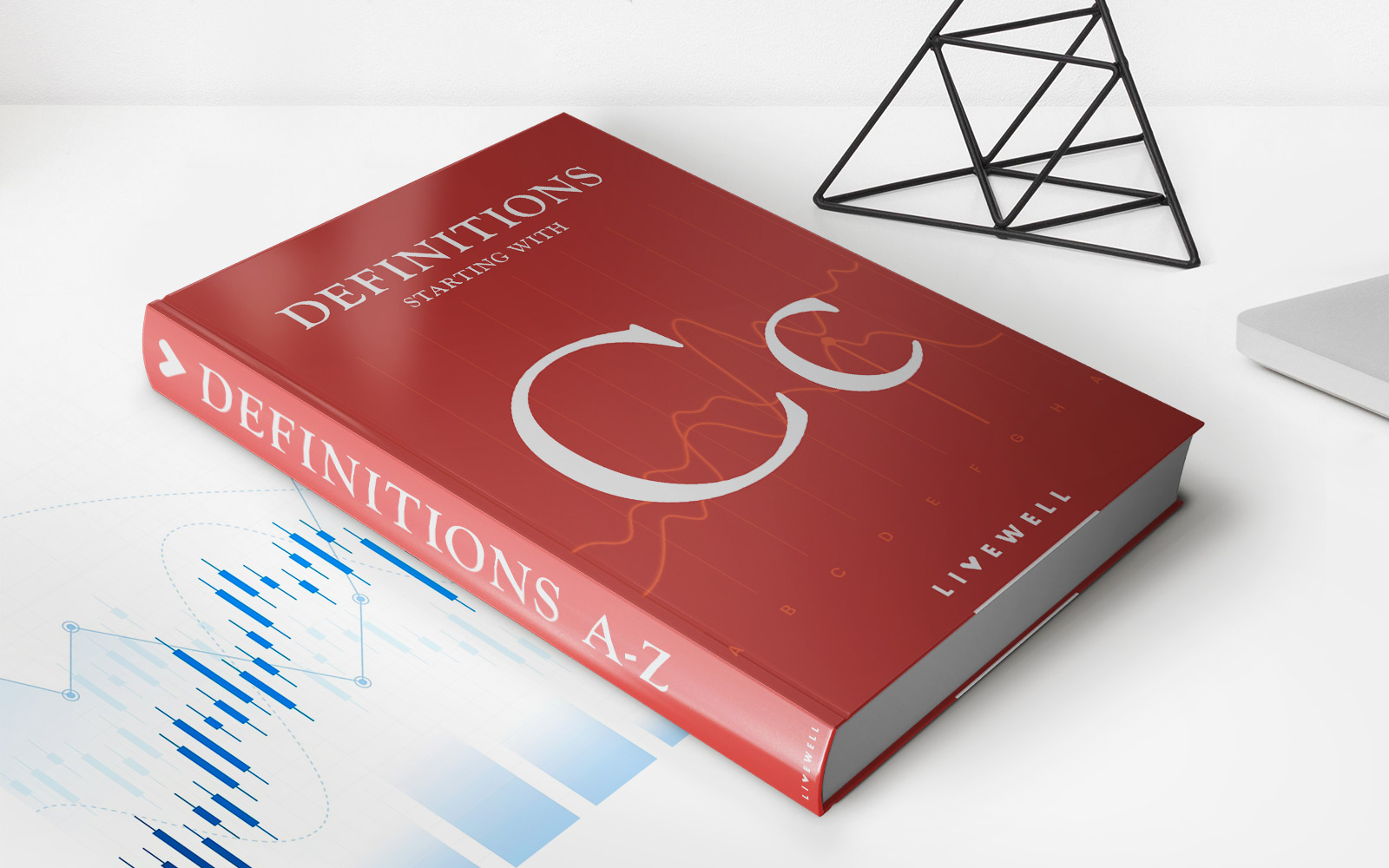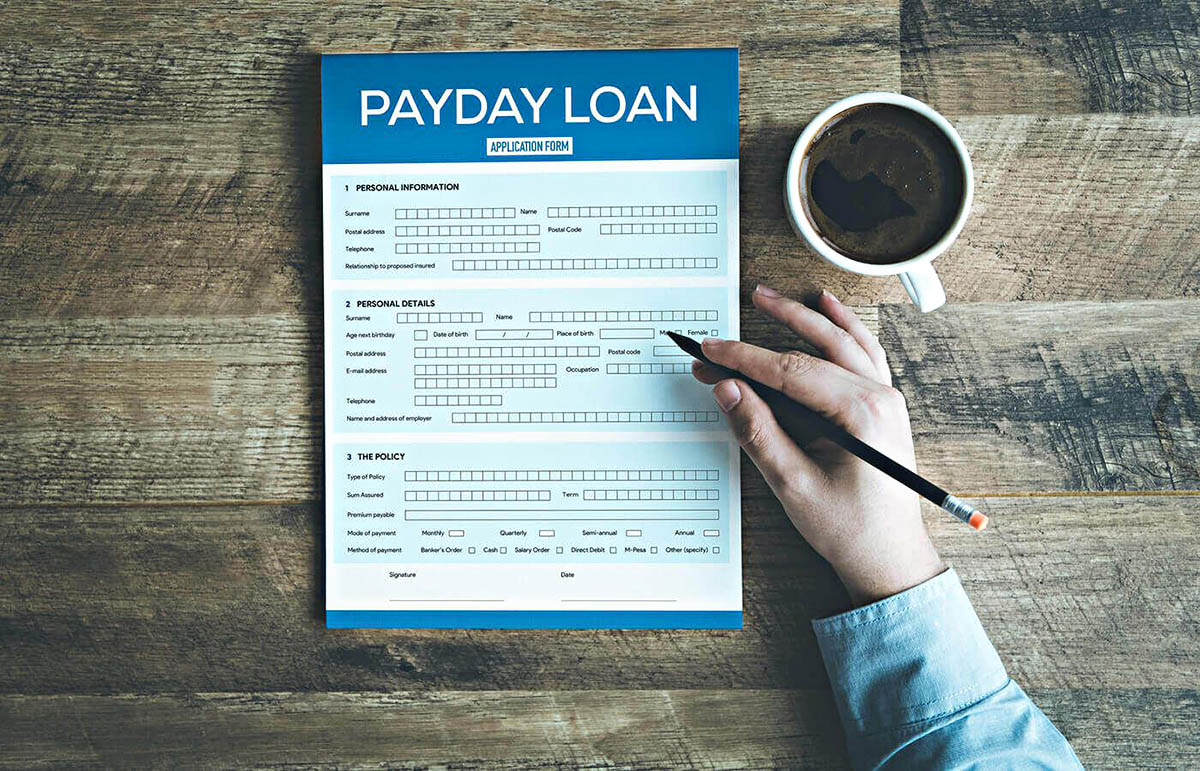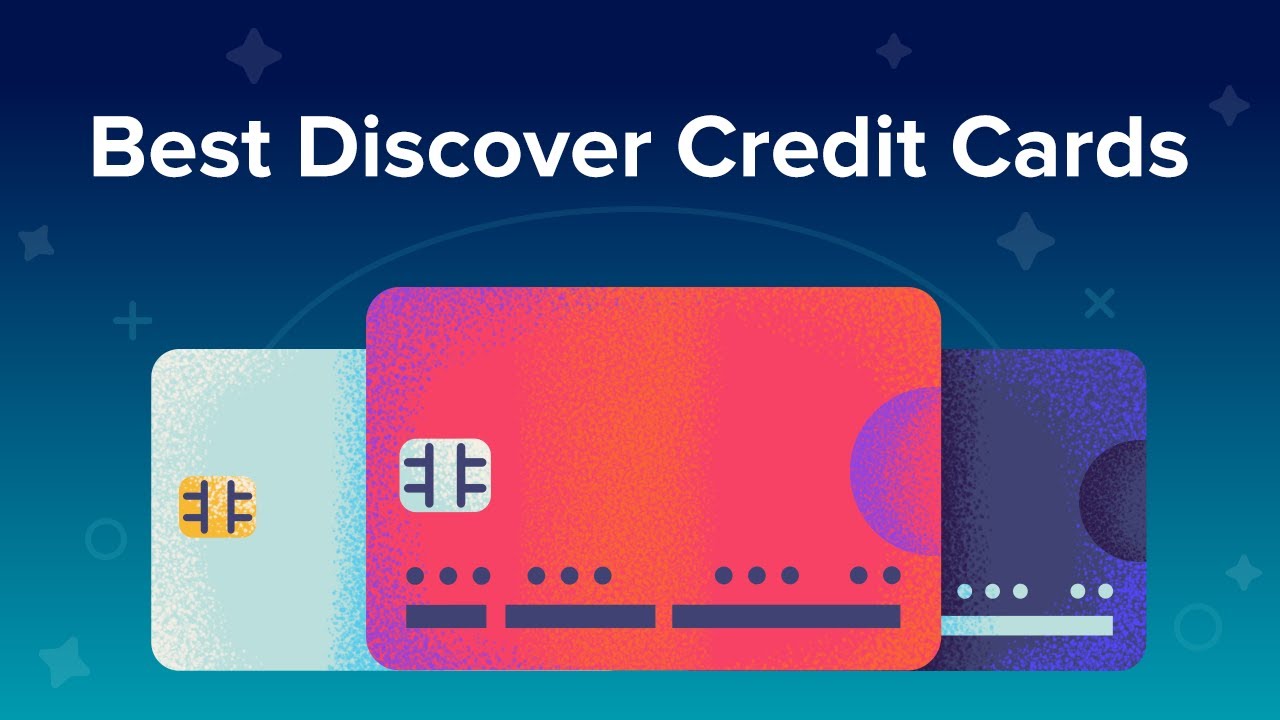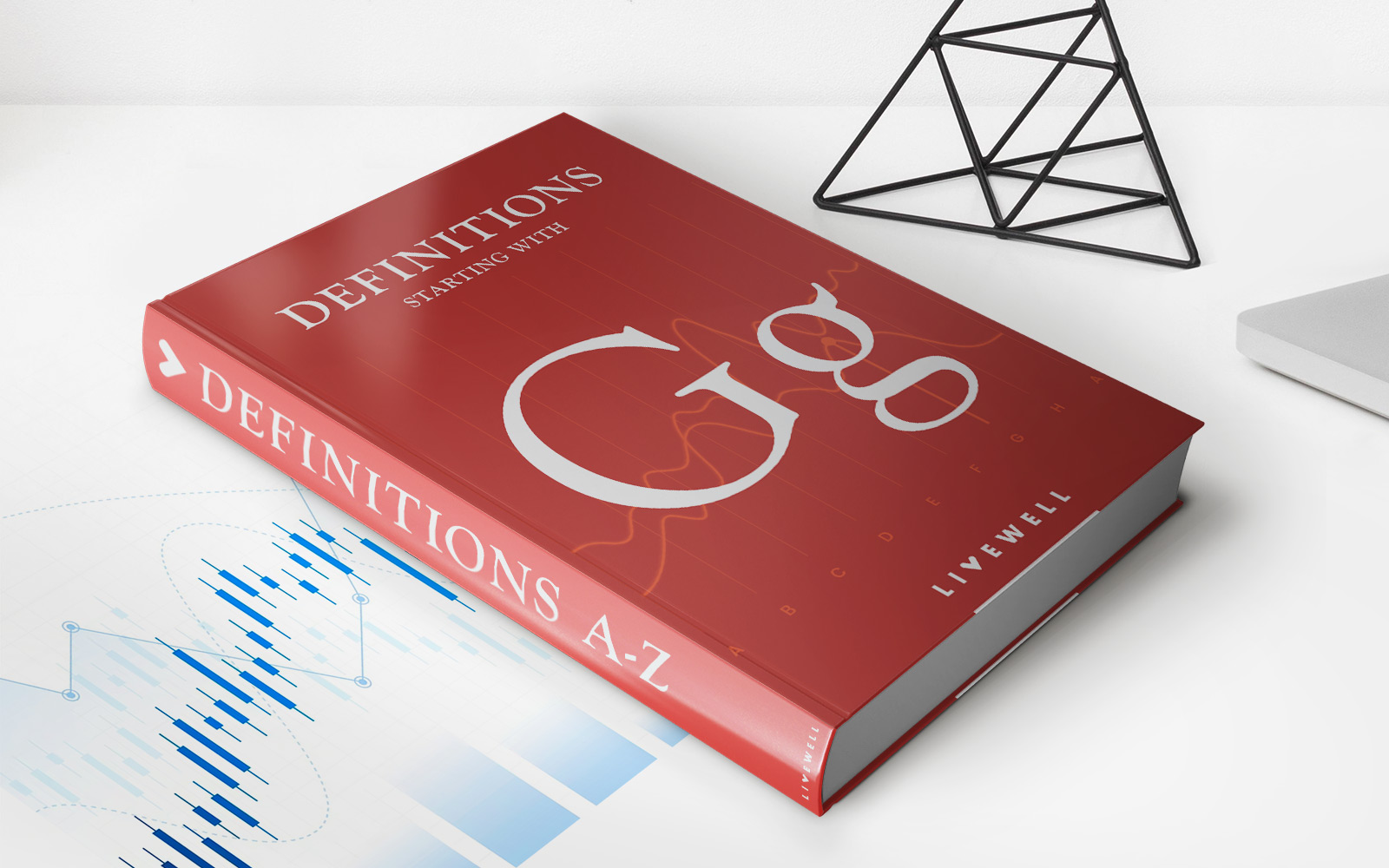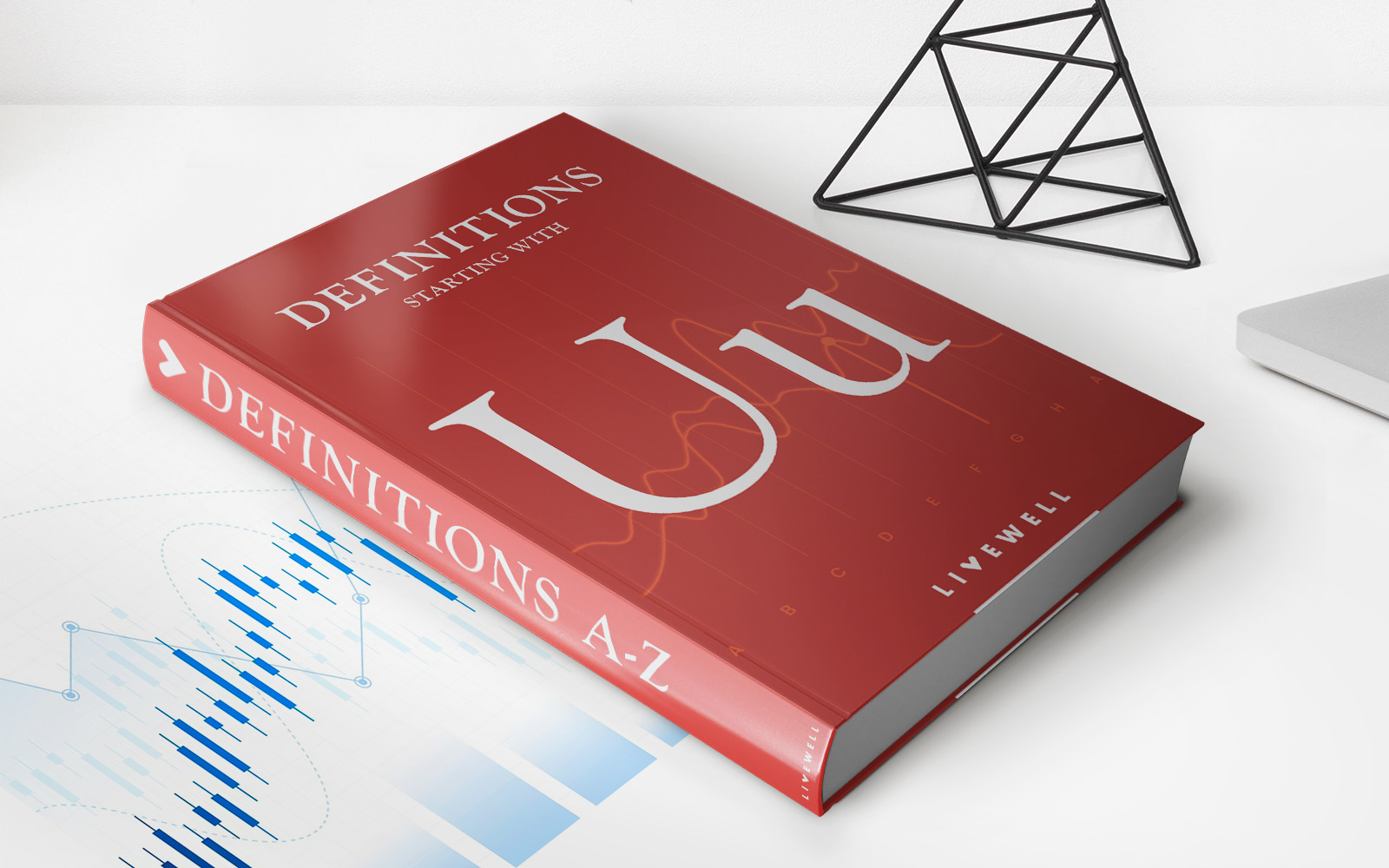Home>Finance>How To Get A Payday Loan With No Checking Account


Finance
How To Get A Payday Loan With No Checking Account
Published: October 28, 2023
Looking for a payday loan but don't have a checking account? Discover how to get a payday loan without needing a checking account. Enhance your finance options today.
(Many of the links in this article redirect to a specific reviewed product. Your purchase of these products through affiliate links helps to generate commission for LiveWell, at no extra cost. Learn more)
Table of Contents
- Introduction
- Understanding Payday Loans
- The Importance of a Checking Account
- Options for Obtaining a Payday Loan Without a Checking Account
- Option 1: Using a Savings Account
- Option 2: Applying for a Prepaid Debit Card
- Option 3: Using Collateral for the Loan
- Option 4: Seeking Alternative Financial Services
- Things to Consider Before Getting a Payday Loan Without a Checking Account
- Conclusion
Introduction
Payday loans are a popular financial option for individuals who are in need of immediate cash. These short-term loans are designed to provide borrowers with quick access to funds to cover unexpected expenses or financial emergencies. One of the requirements typically associated with payday loans is a checking account. However, not everyone has a checking account, whether due to personal preference or limited access to traditional banking services.
In this article, we will explore the options available for obtaining a payday loan without a checking account. We will discuss the importance of a checking account in the payday loan process, as well as alternative methods that individuals can utilize to access the funds they need.
It is important to note that while payday loans can provide immediate relief, they also come with high interest rates and fees. It is crucial to carefully consider all options and understand the terms and conditions of any loan before making a decision.
So, if you don’t have a checking account but find yourself in need of a payday loan, read on to discover the alternatives available to you.
Understanding Payday Loans
Before delving into the options for obtaining a payday loan without a checking account, it’s important to understand what exactly a payday loan is and how it works.
A payday loan is a short-term loan that typically ranges from $100 to $1,500, with repayment terms usually within a few weeks. These loans are meant to be repaid in full on the borrower’s next payday. One of the main advantages of payday loans is the quick access to cash, as the application process is typically simple and funds can be deposited into the borrower’s checking account within a short period of time.
However, payday loans also come with high interest rates and fees, making them an expensive form of borrowing. It is crucial to carefully consider the costs associated with a payday loan and ensure that you will be able to repay the loan on time to avoid sinking further into debt.
The typical requirements for obtaining a payday loan include proof of income, identification, and a checking account. A checking account is typically necessary for the lender to deposit the loan funds and for the borrower to provide post-dated checks or authorize electronic withdrawals for repayment.
Now that we have a general understanding of payday loans, let’s explore the options available for individuals who do not have a checking account but still need access to these types of loans.
The Importance of a Checking Account
When it comes to obtaining a payday loan, having a checking account is typically a crucial requirement. Lenders often require a checking account for several reasons:
- Loan Disbursement: Lenders usually deposit the loan funds directly into the borrower’s checking account. This allows for quick and convenient access to the money.
- Loan Repayment: To secure repayment, lenders may require borrowers to provide post-dated checks or authorize electronic withdrawals from a checking account. This ensures that the lender can collect the payment on the due date.
- Identity Verification: A checking account provides a level of verification for the borrower’s identity, as it is linked to personal information and financial history.
Having a checking account also demonstrates financial stability and responsibility to lenders. It shows that the borrower has an established relationship with a bank and can manage their finances effectively.
However, there are instances where individuals may not have a checking account. Some individuals prefer to rely on alternative financial services, such as prepaid debit cards or cash-based transactions. Others may face barriers to accessing traditional banking services due to their financial history or lack of documentation.
If you find yourself in a situation without a checking account but still need a payday loan, don’t worry. There are alternative options available that can help you access the funds you need.
Options for Obtaining a Payday Loan Without a Checking Account
While a checking account is typically a requirement for obtaining a payday loan, there are alternative methods available for individuals who do not have one. Here are a few options to consider:
- Option 1: Using a Savings Account: If you have a savings account, some lenders may be willing to work with you. While it may not be as common as using a checking account, you can inquire with different lenders to see if they would accept your savings account for loan disbursement and repayment.
- Option 2: Applying for a Prepaid Debit Card: Prepaid debit cards function similarly to checking accounts, as they allow you to deposit and withdraw funds. Some lenders may accept prepaid debit cards as an alternative to a traditional checking account. However, it’s essential to verify this with the lender before applying.
- Option 3: Using Collateral for the Loan: Another option to consider is using collateral to secure the payday loan. Collateral can be in the form of valuable assets, such as a vehicle title or jewelry. By offering collateral, you may increase your chances of getting approved for a loan even without a checking account.
- Option 4: Seeking Alternative Financial Services: If you don’t have a checking account but still need financial assistance, you can explore alternative financial services. These services, such as payday loan stores or online lenders, may have different requirements and may be more flexible when it comes to checking account requirements.
It’s important to note that not all lenders will accept these alternative options. It may require some research and reaching out to different lenders to find one that fits your specific situation. Additionally, keep in mind that these alternatives may come with their own set of fees and requirements, so be sure to thoroughly understand the terms and conditions before proceeding.
Now that you’re aware of the options available, it’s important to carefully consider your financial situation and choose the avenue that best suits your needs.
Option 1: Using a Savings Account
If you don’t have a checking account but have a savings account, you may be able to use it as an alternative for obtaining a payday loan. While it may not be as common as using a checking account, some lenders are willing to work with individuals who have a savings account. Here’s how this option works:
1. Research Lenders: Start by researching lenders who offer payday loans and are open to accepting savings accounts. Some lenders explicitly mention this option on their websites or in their loan application requirements, while others may require you to contact them directly to inquire about using a savings account.
2. Provide Savings Account Details: When applying for a loan, you will need to provide your savings account details, such as the account number and bank information. This allows the lender to deposit the loan funds directly into your savings account.
3. Loan Repayment: Since most lenders require automatic loan repayment via a checking account, discuss with the lender how they handle repayment for individuals without a checking account. Some lenders may allow you to repay the loan through other means, such as direct debit from your savings account or by providing post-dated checks.
4. Verify Terms and Fees: Before finalizing the loan agreement, carefully review the terms and fees associated with using your savings account for the payday loan. Some lenders may have specific requirements or additional charges for utilizing a savings account instead of a checking account.
5. Maintain a Buffer: It’s essential to maintain a buffer in your savings account to ensure that you have enough funds to cover the loan repayment. Since payday loans usually have a short repayment period, consider setting aside enough money to avoid overdrawing your account or facing any overdraft fees.
While using a savings account as an alternative for obtaining a payday loan may require more effort in finding the right lender, it can be a viable option for individuals who have a savings account but no checking account. Remember to compare the terms, fees, and requirements of different lenders to ensure that you choose the option that best suits your financial needs.
Option 2: Applying for a Prepaid Debit Card
Another option to consider if you don’t have a checking account is to apply for a prepaid debit card. These cards function similarly to traditional debit cards but are not linked to a specific bank account. They can be used to receive and manage funds, making them a potential alternative for obtaining a payday loan. Here’s what you need to know about this option:
1. Research Lenders: Look for lenders who are open to accepting prepaid debit cards as a substitute for a checking account. Some payday loan providers explicitly mention this option, while others may require additional verification or direct communication to inquire about using a prepaid debit card.
2. Apply for a Prepaid Debit Card: If you don’t already have a prepaid debit card, you’ll need to apply for one. Research different providers and compare their fees, features, and benefits. Look for a card that allows direct deposits, as this will be necessary for receiving the loan funds.
3. Provide Prepaid Debit Card Details: When applying for the payday loan, you will likely need to provide the details of your prepaid debit card, such as the card number and issuing bank information. This allows the lender to deposit the loan funds onto your card.
4. Loan Repayment: Discuss with the lender how they handle loan repayment for individuals with prepaid debit cards. Some lenders may allow you to repay the loan by providing the card details for direct debit, while others may require alternative arrangements like money orders or cashier’s checks.
5. Understand the Costs: Before finalizing the loan agreement, carefully review any fees or charges associated with using a prepaid debit card for the payday loan. Some lenders may have specific requirements or additional costs for utilizing prepaid cards instead of a checking account.
Using a prepaid debit card can be a practical solution for individuals without a checking account who still need access to a payday loan. However, it is crucial to compare different lenders and prepaid debit card providers to ensure that you find the most suitable option for your needs. Be aware of any potential fees or limitations associated with the prepaid card and consider whether it is a cost-effective choice for obtaining the funds you require.
Option 3: Using Collateral for the Loan
If you don’t have a checking account, but you have valuable assets, such as a vehicle, jewelry, or other personal belongings, you may be able to use them as collateral to secure a payday loan. Collateral-based loans offer an alternative solution for individuals who don’t meet the traditional checking account requirement. Here’s how this option works:
1. Identify Valuable Assets: Take inventory of your possessions and identify any valuable assets that you own. This could be a car, motorcycle, valuable jewelry, electronics, or any item that holds a significant monetary value.
2. Find Lenders Accepting Collateral: Conduct research to find lenders who are willing to accept collateral-based loans. Some lenders specialize in providing loans that are secured by collateral, making them more open to working with borrowers without a checking account.
3. Assess Collateral Value: Contact the lender to assess the value of your chosen collateral. The lender will determine the loan amount based on the appraised value of the asset. It’s essential to understand the loan-to-value ratio and how it influences the loan amount you can receive.
4. Complete Loan Application Process: Submit the necessary documentation along with the loan application, such as proof of ownership and any other required paperwork. The lender will review your application, including the collateral value, and make a decision on your loan request.
5. Understand Repayment Terms: Discuss repayment terms with the lender to ensure clarity on the payment schedule, interest rates, and any fees associated with the loan. Failure to repay the loan on time could result in the lender seizing the collateral to cover the outstanding balance.
Using collateral to secure a payday loan without a checking account gives you an opportunity to access funds based on the value of your assets. However, it’s crucial to carefully consider the risks involved, including the potential loss of valuable possessions if you are unable to repay the loan. Make sure to choose a reputable lender, fully understand the terms and conditions, and have a solid repayment plan in place before proceeding with this option.
Option 4: Seeking Alternative Financial Services
If you don’t have a checking account and need a payday loan, exploring alternative financial services can be a viable option. These services are designed to provide financial solutions to individuals who may not have easy access to traditional banking services. Here are a few alternative financial services to consider:
1. Payday Loan Stores: Payday loan stores are physical locations where individuals can apply for loans in person. These establishments may have different requirements compared to online lenders, making them more open to working with individuals without a checking account. Visit local payday loan stores in your area to inquire about their application process and whether they accept alternative methods for loan disbursement and repayment.
2. Online Lenders: Several online lenders specialize in providing loans to individuals without a checking account. These lenders often have more flexible requirements and may offer alternative options for loan disbursement and repayment. Research online lenders who cater to individuals in your situation and compare their terms, fees, and customer reviews to make an informed decision.
3. Cash-Based Transactions: In some cases, you may find lenders who are willing to provide payday loans in cash. This option is more common in brick-and-mortar establishments or local loan providers. However, remember that handling cash transactions may have its own set of risks and considerations, so exercise caution and ensure the safety of your personal finances.
4. Peer-to-Peer Lending: Peer-to-peer lending platforms connect borrowers directly with individual lenders. These platforms often have less stringent requirements and may be open to working with individuals without a checking account. If you choose this option, be prepared to provide alternative methods for loan disbursement and repayment, such as using a prepaid debit card or cash-based transactions.
5. Community Organizations: Some community-based organizations or nonprofit financial institutions offer small loans or emergency assistance programs designed to help individuals in need. These organizations may have different requirements or alternative methods of providing financial support. Research local community organizations or resource centers in your area to explore potential options.
When seeking alternative financial services, it’s important to do thorough research, read reviews, and compare the terms and requirements of different lenders or organizations. Remember that while these services may cater to individuals without a checking account, they may still carry high interest rates and fees. Exercise caution and ensure that you fully understand the terms and conditions before proceeding with any loan or financial agreement.
Things to Consider Before Getting a Payday Loan Without a Checking Account
Before pursuing a payday loan without a checking account, there are several important factors to consider. It’s essential to weigh the pros and cons and understand the potential risks involved. Here are some key points to keep in mind:
- Loan Costs: Payday loans are known for their high interest rates and fees. Without a checking account, you may encounter additional costs or limitations, such as higher interest rates or alternative repayment methods. Carefully review the terms and fees associated with the loan, and ensure that you can afford to repay the loan on time.
- Alternative Financial Solutions: Explore alternative financial solutions that may be available to you. Consider options such as borrowing from family or friends, seeking assistance from local community organizations, or exploring government assistance programs. These alternatives may offer more favorable terms or lower costs compared to payday loans.
- Financial Stability: Assess your overall financial situation and stability before taking on a payday loan. Consider your income, expenses, and ability to repay the loan on time. If you are already struggling financially, taking on additional debt may exacerbate your financial difficulties in the long run.
- Borrowing Responsibly: It’s crucial to borrow responsibly and only take out a loan if it’s necessary. Evaluate the urgency of your financial needs and explore all available options before committing to a payday loan. Remember that these loans are meant to be short-term solutions and should not be relied upon as long-term financial support.
- Loan Repayment: Understand the repayment terms and consequences of not repaying the loan on time. Late payments or defaulting on the loan can result in additional fees, damage to your credit score, and even legal consequences. Make sure you have a solid repayment plan in place and are confident that you can meet the loan obligations.
It’s essential to carefully evaluate your financial situation and consider all alternatives before opting for a payday loan without a checking account. By doing so, you can make a more informed decision that aligns with your financial goals and overall well-being.
Conclusion
Obtaining a payday loan without a checking account may present some challenges, but there are alternative options available. If you find yourself in need of immediate cash and do not have a checking account, consider the following:
- Using a savings account as an alternative for loan disbursement and repayment.
- Applying for a prepaid debit card and utilizing it for loan transactions.
- Offering collateral, such as a vehicle or valuable possessions, to secure the loan.
- Exploring alternative financial services, such as payday loan stores or online lenders that may have different requirements.
Regardless of the option you choose, it’s crucial to carefully consider the costs associated with payday loans and the potential risks involved. Make sure to compare different lenders, review the terms and fees, and understand the repayment terms of the loan.
Additionally, take the time to assess your financial situation and explore alternative financial solutions that may be more favorable. Borrow responsibly and only take on a payday loan if it is absolutely necessary.
Remember, payday loans are designed for short-term financial relief and should not be relied upon as a long-term solution. Prioritize financial stability and explore other options for financial assistance, such as seeking help from family, friends, community organizations, or government assistance programs.
By carefully considering your options, being aware of the costs involved, and making responsible borrowing decisions, you can navigate the process of obtaining a payday loan without a checking account more effectively and pave the way towards a healthier financial future.
